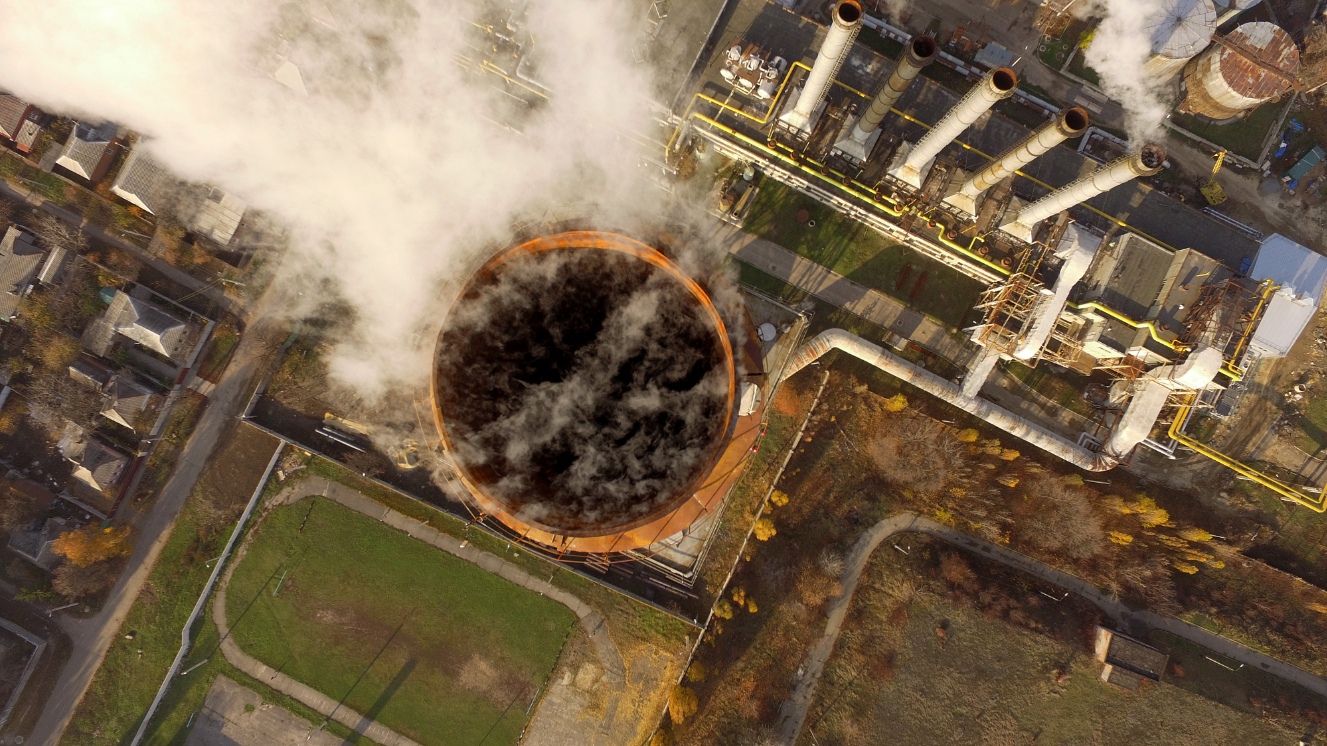
Are the carbon markets in a bubble?
Questions linger as to whether carbon markets are in bubble territory, or whether this is simply a necessary evolution for a tool critical to achieving net zero.
The EU’s Emissions Trading System (EU ETS) went from trading at €57 per ton of carbon emissions in November 2021 (when the COP26 climate summit was held) to €87per ton in April this year.
Such a jump attracted the attention of international investors. At a recent Bloomberg Asia Wealth Summit, Kalpana Seethepalli, director of Asia-Pacific ESG at Deutsche Bank, identified the carbon markets as the next “ESG bubble”, predicting that this is an arena that will receive increased scrutiny as prices increase due to both market forces and by their tightening design.
However, as to whether carbon markets are a bubble, Michael Evans, analyst for global carbon compliance markets at S&P Global Commodity Insights, disagrees.
“The price of these allowances is heavily regulated by the way in which these markets are designed,” he says. “Against the backdrop of net-zero commitments, these policies are increasing worldwide, and existing carbon markets are being made more climate ambitious, which we expect will support higher carbon prices in the long term.
“Of course, we are seeing challenges, presented by the current inflationary setting and high energy costs. In a European context, these are all things that will be considered in the policy mix going forward.”
A recent S&P Global report, on which Evans acted as a researcher, forecast tighter balances of allowances in the EU ETS system as a result of policy reforms. These will initially support greater investor interest in trading during the current phase of the system which runs until 2030.
Are carbon markets finally coming into their own?
Carbon markets are still in their infancy. Australia is currently undertaking an independent review of its carbon credits market due to doubts expressed by legislators over its consistency and quality, whilst during the Trump administration the California Quebec carbon market was sued, albeit unsuccessfully, by the Department of Justice on grounds of state overreach of federal authority.
According to Jose Maria Ortiz, head of impact investment and carbon offsets expert at international advisory firm Palladium, it’s important to note any setbacks could help create a stronger carbon market for the future.
“The consensus is that climate change is the biggest threat to humanity in this moment, and the only viable way to solve it is by rewarding solutions that take us towards carbon neutrality and penalising those that don’t using carbon prices,” says Ortiz. “These fundamentals are what will encourage markets to become stronger and cause carbon prices to increase.”
Something that may be holding the carbon markets back is that the level of coverage for greenhouse gas emissions is still low. Around 17% of global emissions were covered by an ETS as of 2021, up from about 5% when the EU ETS system was established in 2005, according to the International Carbon Action Partnership (ICAP).
The only viable way to solve [climate change] is by rewarding solutions that take us towards carbon neutrality and penalising those that don’t using carbon prices.
Where carbon markets are heading and how stakeholders are reacting
As the push for net zero ramps up throughout the world, the need for effective carbon markets only becomes greater.
However, the OECD uses €120 per ton of CO2 as an estimate of the price needed in 2030 to decarbonise by mid-century and found that in 2018 only 12% of emissions in its member countries were priced at that level.
Some are bullish about the outlook for carbon markets, which are still evolving. Mathias Elspaß, head of the Germany energy and infrastructure group at multinational law firm Clifford Chance, is positive that this valuation per ton will be hit: “In general, we currently see a high demand for carbon credits in the market and many of our clients aim to become net zero in the next couple of years.
“Against this background, we currently have no indication that the high demand for carbon credits will decrease in the near future.”
In agreement is Naomi Swickard, head of public affairs at carbon finance consultancy and project developer South Pole. She still sees opportunity, in both the mandatory space and the voluntary: “Carbon markets are a critical tool in the toolbox, but not a sole solution – we need every strategy possible to help mitigate climate change.
“[Voluntary carbon markets] are one of the most efficient ways to finance near-term reductions and removals, as well as to test and implement new approaches that can drive technological and economic transition. This must be complemented by efforts by countries and companies to directly reduce their own emissions.”




